Botan

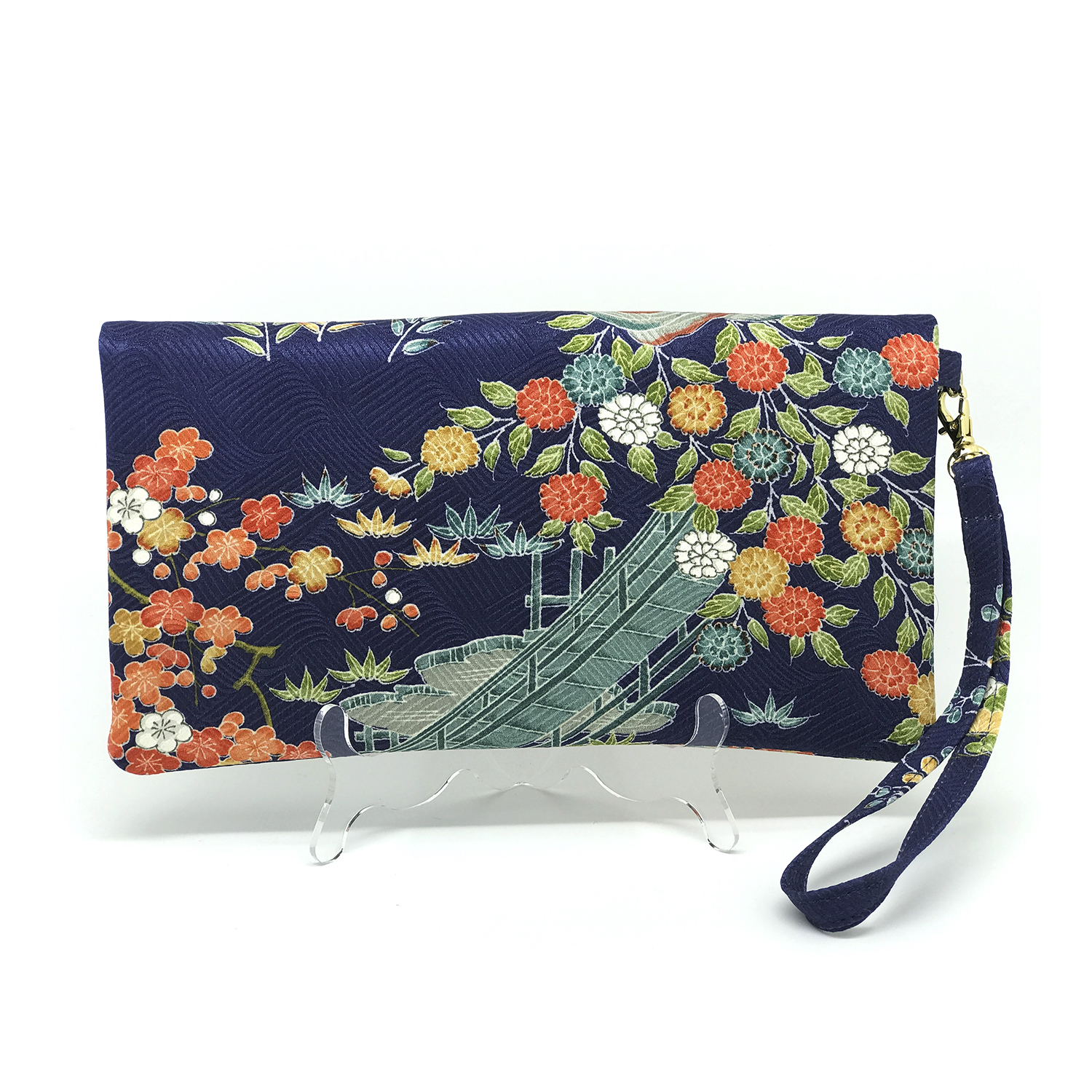
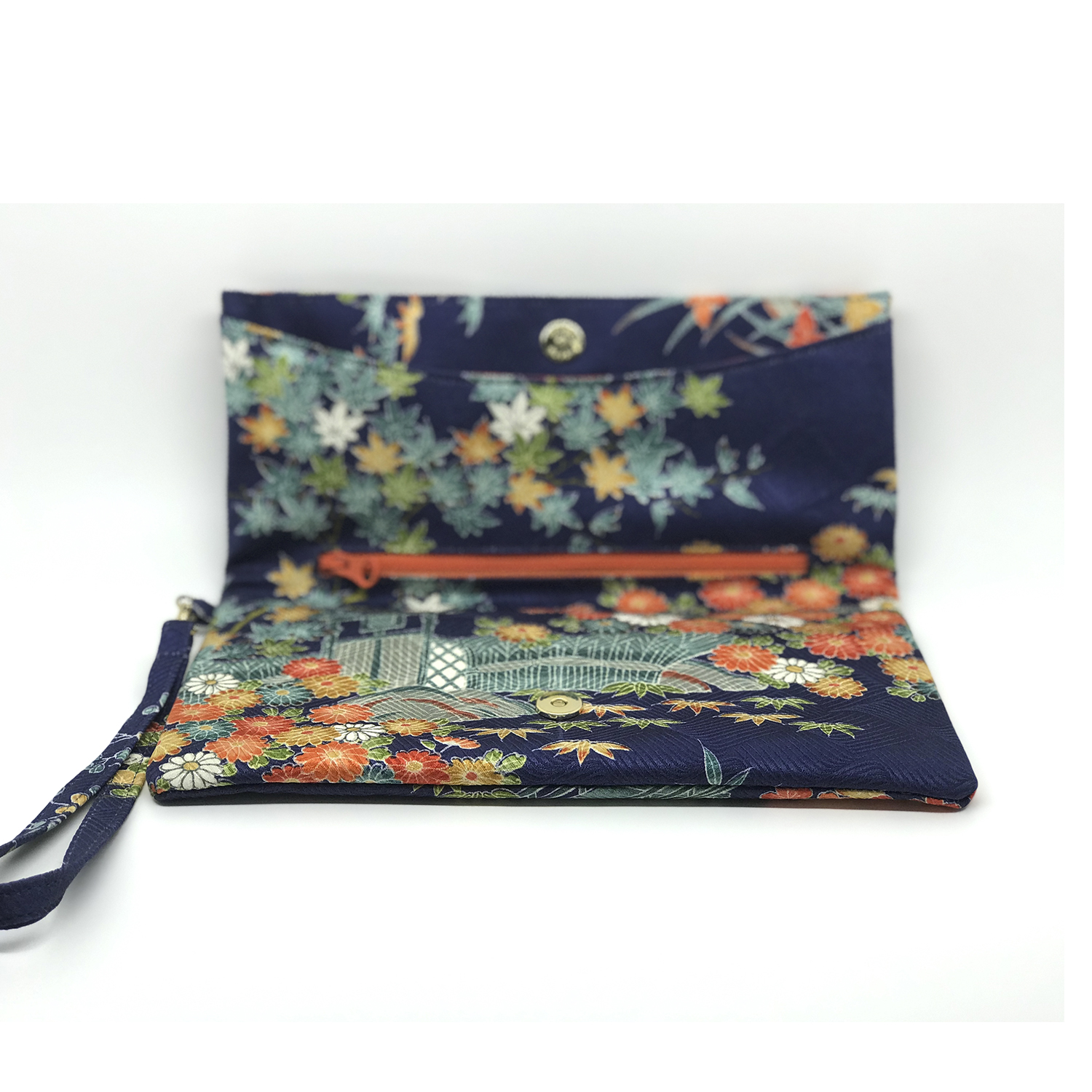
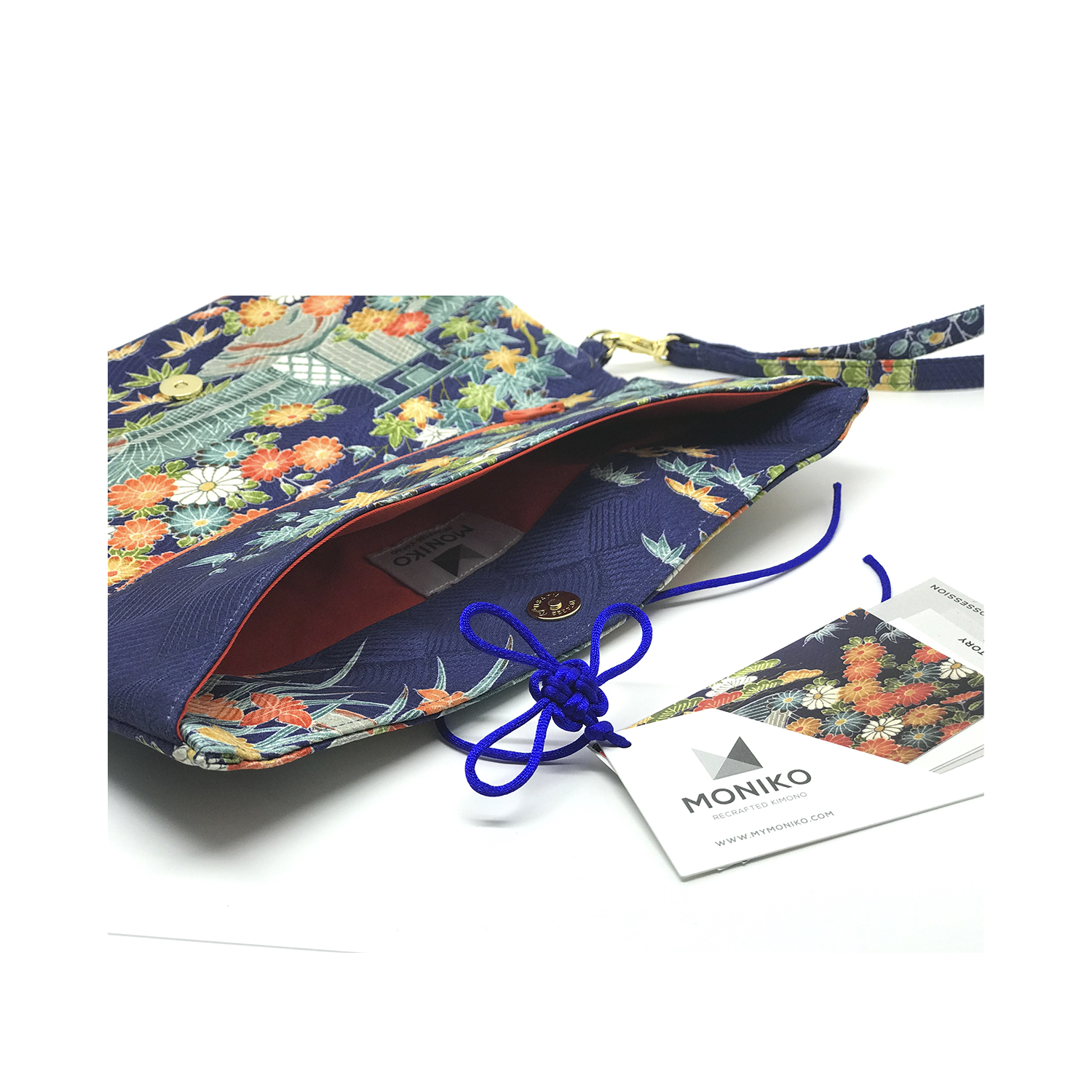
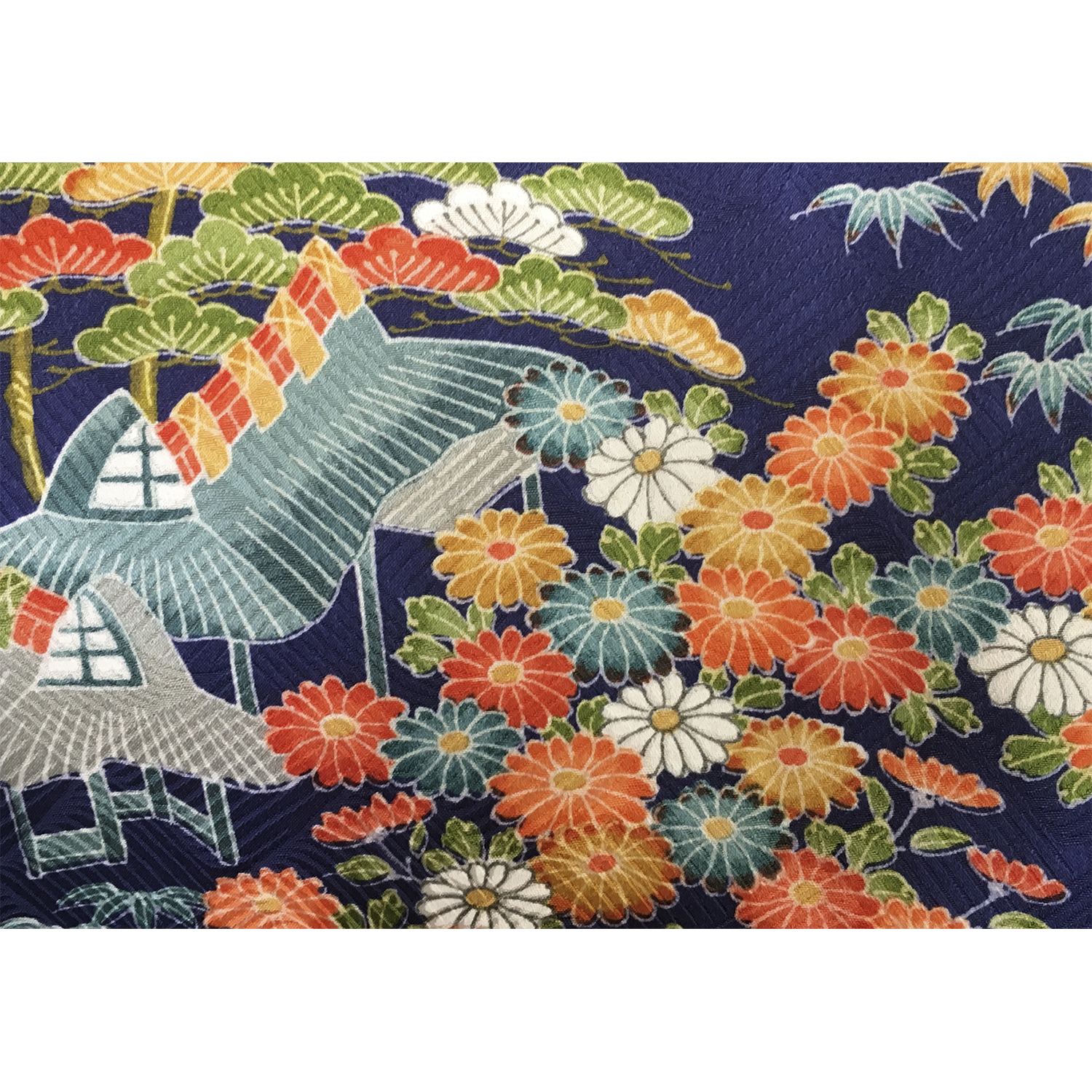
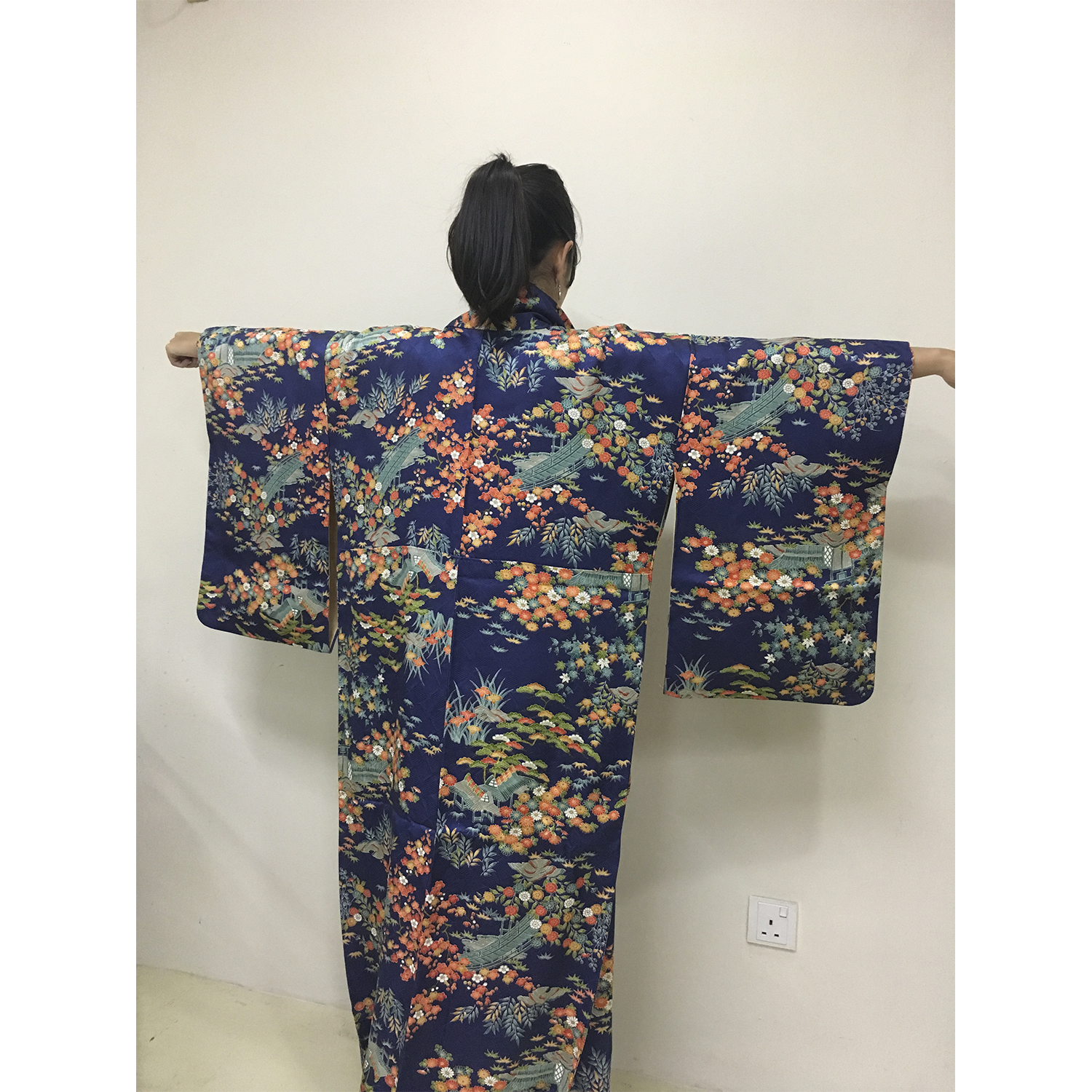
Botan
Width 24cm x Height 13cm x Depth 1.75cm
A harmonious blend of emblems: ‘botan’, ‘ayame’ and ‘kiku’ with ‘ume’ blossoms and ‘momiji’, maple leaves. Botan, peonies, are known as the King of Flowers in Japan where they represent longevity and steadfastness. 'Ayame' are especially loved by the Japanese: it is a sign of strength and the sword shaped leaves are symbols of warriors in the past. Kiku, the chrysanthemum, is the flower of the Imperial House and and often used icon of Japan itself (it features on Japanese passports). Ume, the Plum Blossom is a very popular symbol on fabrics. It is a favourite within the range of Japanese designs: its beauty and fragrance have been reflected in many poems. It is the first of the year to bloom, and therefore represents endurance. It became a symbol of good fortune, as is used for New Year decorations. Momiji maple leaves symbolise autumn. Japanese traditionally admire and revere autumnal leaves just as they celebrate blossom in the spring. Momijigari is a celebration of autumn leaves, started by the aristocracy during the Heian era 794-1185 AD. Other motifs include ‘matsu’, the pine, a hardy plant that symbolizes strength and long life, and ‘take’ bamboo which is another strong and flexible tree.
The pattern is printed on a rinzu silk kimono, a kind of damask silk which has motifs woven into its surface, in this case ‘nami’, waves..
